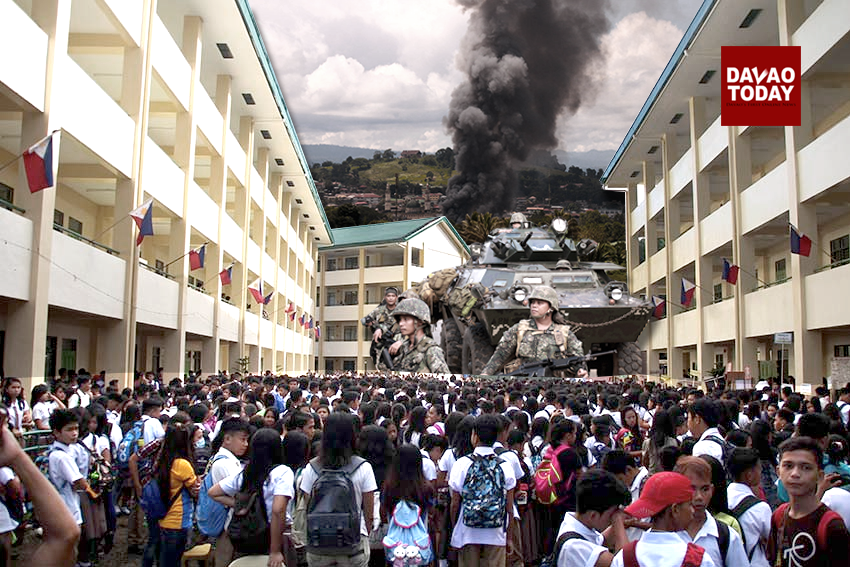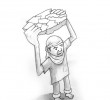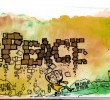
Approximately 26 million children trooped to major public and some private schools during the opening of classes today nationwide. But the annual event did not hog the headlines as it would normally do. This, as the country was gripped with the attack by a lone gunman at the elite Resorts World Manila last dawn Friday. Foremost in the minds of the many was the question whether the attack was a terrorist assault grave enough to precipitate a martial law declaration nationwide, and graver still, that it would impede the school opening today.
Already, the issues facing students and teachers in June are overshadowed by Mindanao’s Martial Law, the military aerial bombardments and all-out war against Maute extremists in Marawi city. Military tanks and soldiers and dislocated Moro civilians eclipsed the news that the Department of Education and the Commission on Higher Education allowed the increase of tuition in 1,013 private elementary and high schools and 268 private tertiary institutions nationwide.
The nationwide average tuition and other school fees hike doubled from last year’s P43.39 to this year’s P86.68 for tuition per unit and from P115.58 to P243.00 for other school fees. This prompted activist student groups to cry foul and to look for the so-called free education, much ballyhoed and promised by the new administration last year.
In the basic education, the number of schoolchildren going to school actually dropped as seen in the statistics for the net enrollment rate for public and private schools between 2011 to 2015. As reported by ACT Partylist, elementary school-age children not enrolled in Grades 1 to 6 more than tripled from around 431,000 in 2011 to 1.41 million 2015. The partylist group cites the dismal statistics as it concludes the lack of impact of the Conditional Cash Transfer to education.
Indeed, the high cost of education for both tertiary levels and even for the supposed free basic education are assaults of a different, yet also similar kind. It is an attack that affects and dislocates a major chunk in the population. The commercialization is such that majority of students can only aspire for cheap short courses and become docile labor under the K to 12. The reality that more and more Filipinos cannot cope with the rising cost of food, clothing and transportation due to low wages and lack of decent livelihood hijacks the basic education for their children, no matter if such is supposed to be public, free and accessible.
With the increase in the out-of-school youth, at least 4.8 million as ACT Partylist would have it, one should not wonder why drug trade and criminality continue to flourish. Neoliberal policies in education such as K to 12 and Education Act of 1982—policies that allow schools to prioritize profit over service and that allow government to prioritize subsidy to schools—assault the young population without firing a gun. (davaotoday.com)








